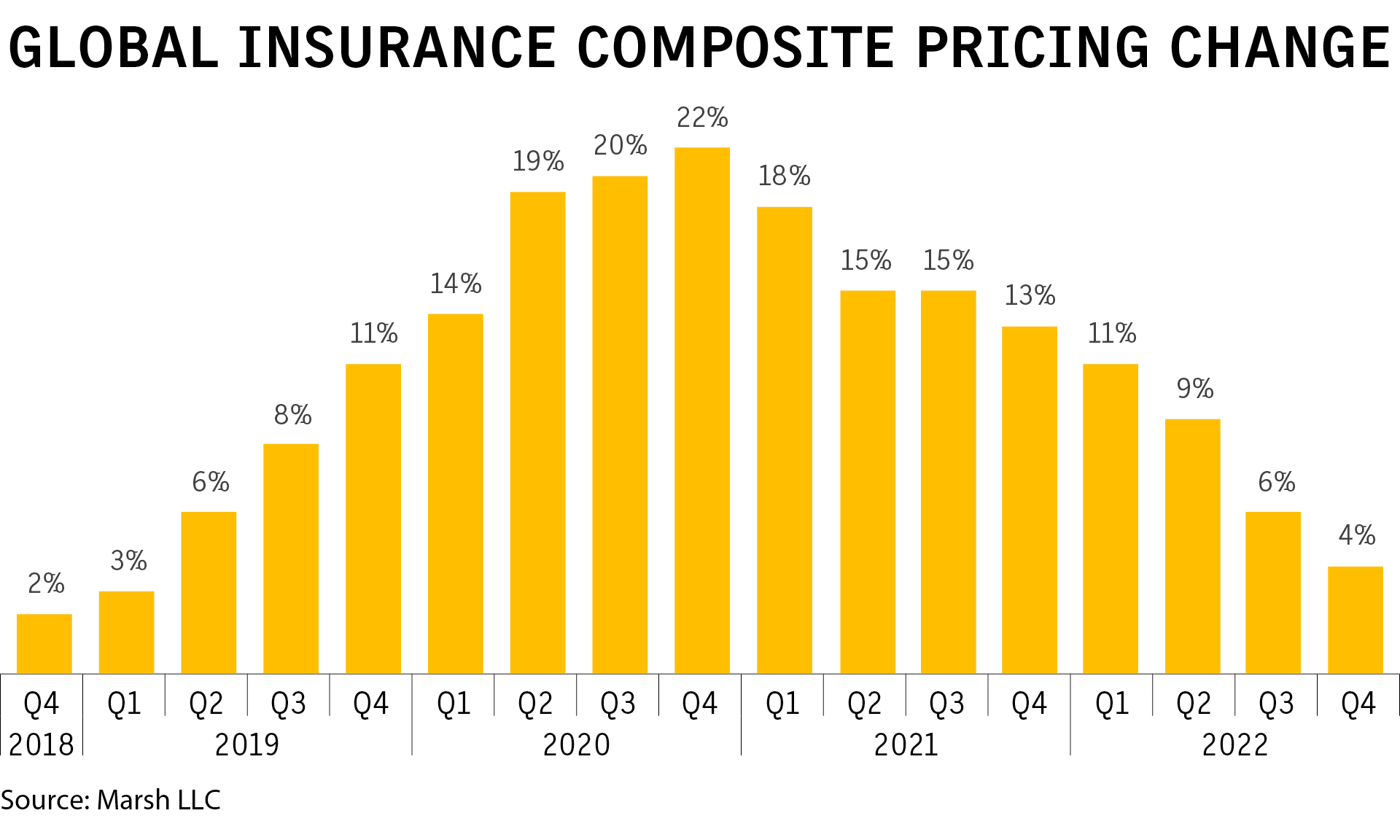The global InsurTech market experienced a powerful resurgence in Q1 2025, securing $1.31 billion in total investment, according to Gallagher Re. This marks a staggering 90% increase in capital compared to the previous quarter—driven largely by growing investor confidence and a significant push in technological innovation within the insurance industry.
AI-Focused InsurTechs Capture Majority of Capital
A major catalyst for this resurgence is the sharp increase in funding for AI-driven solutions. Gallagher Re’s report shows that InsurTech companies centered around artificial intelligence attracted a remarkable 61.2% of total Q1 funding, amounting to $710.86 million. AI continues to disrupt insurance services by optimizing underwriting, streamlining claims processes, and enhancing customer interactions.
Mega-Round Deals Return as P&C InsurTechs Lead
Another sign of industry strength is the comeback of mega-round deals—investments over $100 million. Q1 2025 marked only the second quarter since Q4 2022 to feature three or more of these high-value investments, all directed at Property and Casualty (P&C) InsurTechs .
P&C-focused InsurTech firms led the charge with $1.13 billion raised, the highest quarterly figure since Q3 2022. This strong performance highlights the demand for improved underwriting accuracy, simplified claims handling, and enhanced policyholder experience.
Average InsurTech Deal Size Jumps 42%
It wasn’t just the number of deals that surged—individual deal sizes saw notable growth. The average InsurTech investment rose by 42.1% quarter-over-quarter to $15.77 million in Q1 2025. This uptick signals growing confidence from venture capitalists, insurers, and private equity players backing both startups and scaleups.
Gallagher Re attributed this rise to an increase in B2B-focused P&C InsurTechs. The number of such deals climbed from 26 in Q4 2024 to 43 this quarter, making up 61.4% of all P&C InsurTech transactions—the highest in over a decade.
L&H InsurTechs Embrace B2B Model at Record High
Life and Health (L&H) InsurTechs also trended heavily toward business-to-business models. B2B platforms accounted for 85.2% of all L&H InsurTech deals in Q1, setting a new record for the segment. This shift reflects the market’s growing preference for scalable solutions that serve insurers directly rather than consumers.
US InsurTech Market Share Hits Highest Level Since 2017
Regionally, the United States continues to dominate the InsurTech investment landscape. In Q1 2025, US-based startups captured 58.8% of global deals, up 8.8 percentage points from Q4 2024. This marks the highest US share since Q3 2017, reaffirming its leadership in shaping global insurance technology trends.
Early-Stage and L&H InsurTechs See Declines
Not all segments experienced growth. Early-stage InsurTech funding fell by 11.9%, reaching its lowest level in nearly five years. Similarly, investment in L&H InsurTechs dropped 34.6% quarter-over-quarter to $183.14 million, indicating a shift in investor focus toward more established, revenue-generating firms.
Sustainable Growth Signals a Promising InsurTech Future
Andrew Johnston, Global Head of InsurTech at Gallagher Re, emphasized that this momentum may represent more than just a short-term recovery. He noted:
“Perhaps we are witnessing more than a summer recovery — perhaps this marks the start of a deeper trend towards increased uptake of technology across the value chain of insurance.”
Climate Finance and AI Liability: The Next InsurTech Frontiers
Looking ahead, InsurTech startups are venturing into transformative spaces like climate finance and AI liability. Companies such as Artio Carbon are pioneering carbon credit insurance offerings backed by top-tier insurers, while other startups are developing risk solutions tailored to the unique exposures brought on by AI technologies.
These innovations reflect the industry’s growing commitment to supporting sustainability and managing emerging risks.
Conclusion: InsurTech Enters a New Era of Opportunity
Q1 2025 has set a strong tone for what could be a historic year in InsurTech. With robust funding levels, the dominance of AI-powered and B2B solutions, and a pivot toward climate-focused innovation, the industry is rapidly evolving.
As insurers and reinsurers deepen their partnerships with tech innovators, the boundary between traditional insurance and next-generation technology continues to blur—paving the way for a smarter, more agile risk ecosystem.




